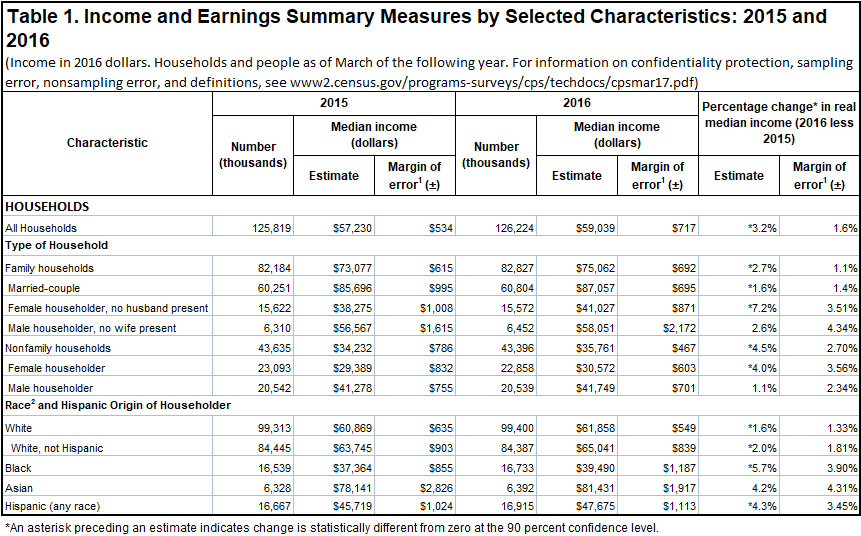

Net income refers to the income left over after subtracting taxes or fees. Gross income means the total value of one's salary or payments, without accounting for any cash outflows. There are different terms for income, depending on the quantity being measured.

Financial regulators, businesses, and investors focus on businesses’ annual financial statements, which are prepared in accordance with generally accepted accounting principles (GAAP).Taxable income is the result of determining the annual total or gross income of an individual or entity and reducing that amount by the exclusions, exemptions, and deductions allowed under the tax law.There is no single, standard definition: income is defined according to the context in which the concept is used.The term “income” generally refers to the amount of money, property, and other transfers of value received over a set period of time in exchange for services or products.However, income inequality in India remains substantial, according to the report. Consumption of miscellaneous foods per person also varied directly with income from one family - income class to another. On the other hand, the destitute category saw a contraction of 0.6 per cent during the same period, indicating upward mobility.

Notably, the report highlights that the sheer rich and super-rich income groups experienced growth rates exceeding 10 per cent between 20, while the middle class witnessed growth rates ranging from 4 to 7.5 per cent. In its projections for 2030, the report says that the country’s demographics will “ change to a rudimentary diamond where a significant part of the low-income class moves to be a part of the middle class.” It further notes that the “average annual household disposable income is set to rise to about Rs 20 lakh at 2020-21 prices” by 2047. “By 2047, if political and economic reforms have their desired effect, the India income pyramid will have a smallish layer at the bottom comprising the Destitute and Aspirer groups, a huge bulge of the middle class and a big creamy ‘rich’ layer on top,” says the report. The households with the lowest income levels were categorised as “destitutes” with an income of less than Rs 1.25 lakh a year, followed by “aspirers”, defined as households earning between Rs 1.25 lakh to 5 lakh per annum. Similarly, the report classified the wealthy into three income groups: near-rich (Rs 30-50 lakh per annum), sheer rich (Rs 1-2 crore per annum), and super-rich (more than Rs 2 crore). This category was further divided into “seekers”, or those earning between Rs 5-15 lakh annually, and “strivers” who earn Rs 15-30 lakh. The survey defined the middle-class as households with an annual income of between Rs 5 lakh and Rs 30 lakh. The report further uses population growth, household disposable income growth, and rate of urbanisation to project income distribution for 20. Members of the working class rely exclusively upon. 1 2 Working-class occupations (see also 'Designation of workers by collar colour') include blue-collar jobs, and most pink-collar jobs. For the projections in the latest PRICE-ICE 360 report, 40,000 households were selected out of a sample of 2,00,000, which were then divided into eight groups based on annual income at 2020-21 prices. The working class, sometimes incorrectly referred to as the middle class, includes all employees who are compensated with wage or salary -based contracts.


 0 kommentar(er)
0 kommentar(er)
